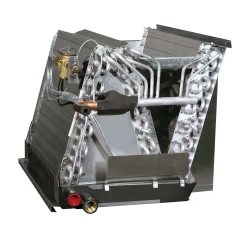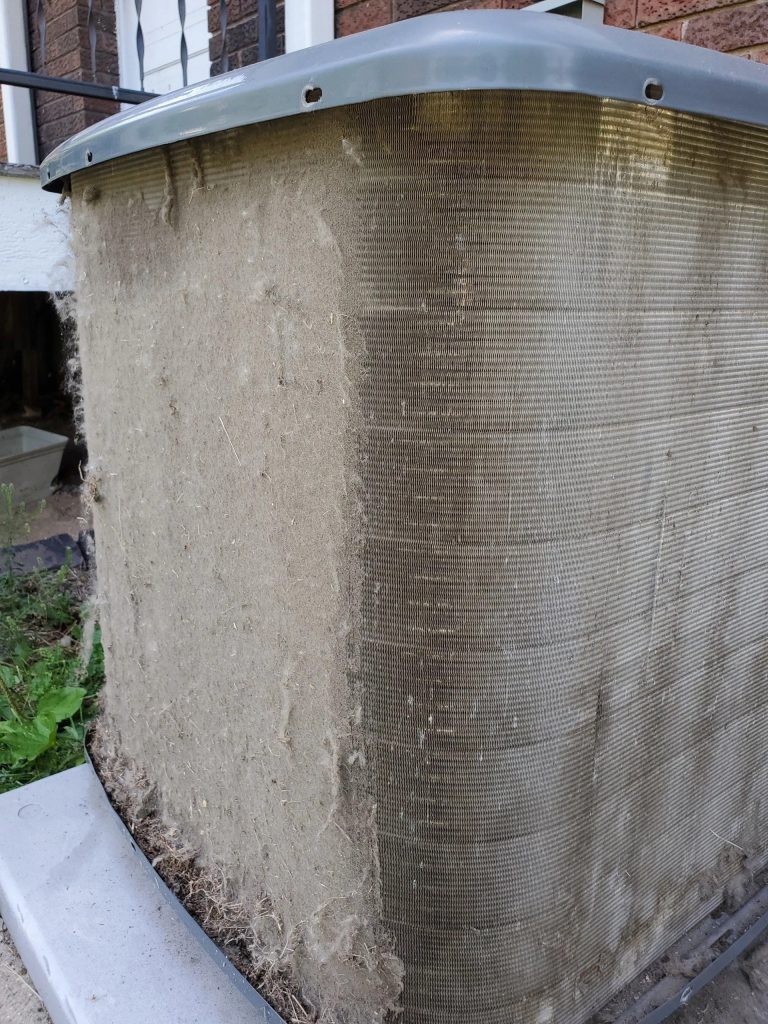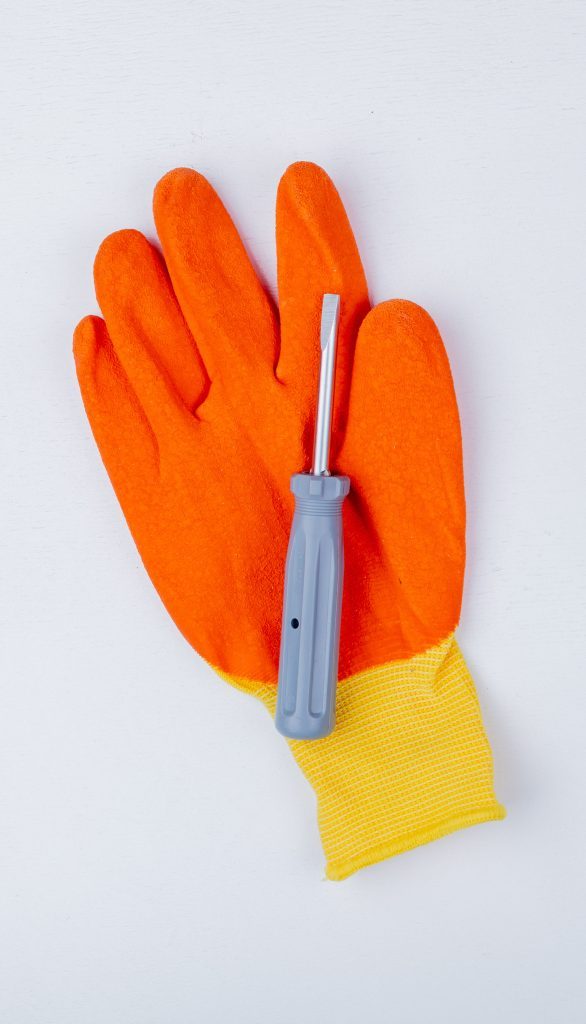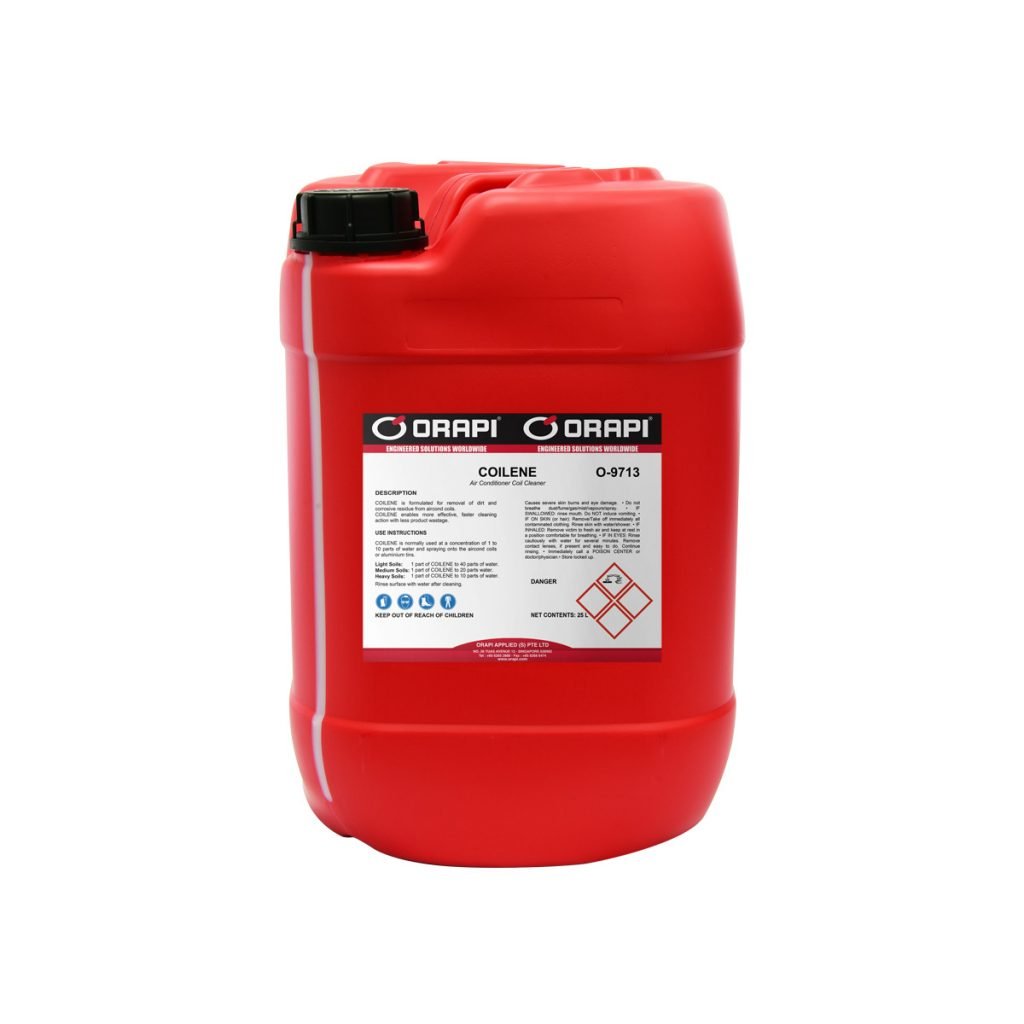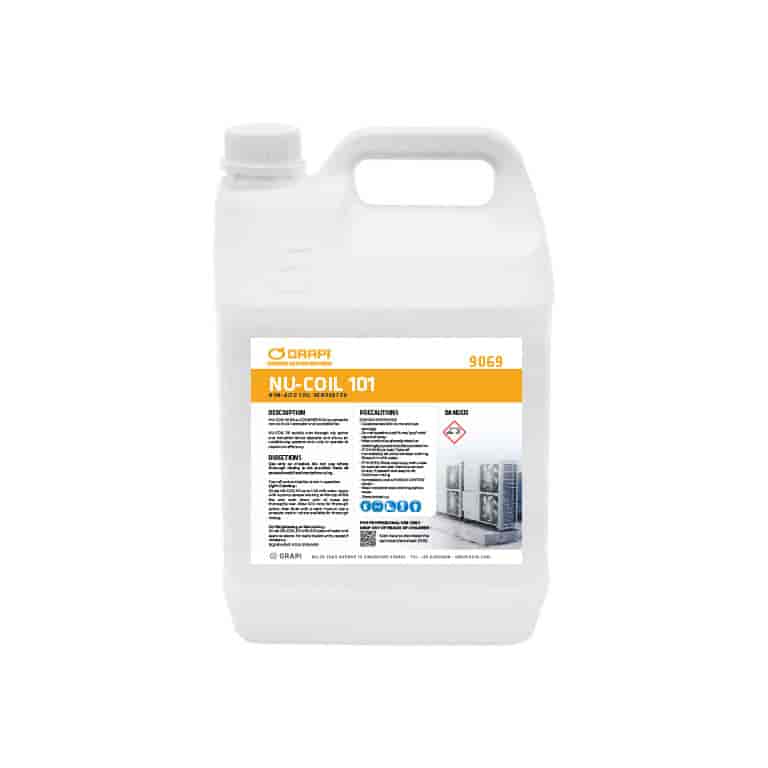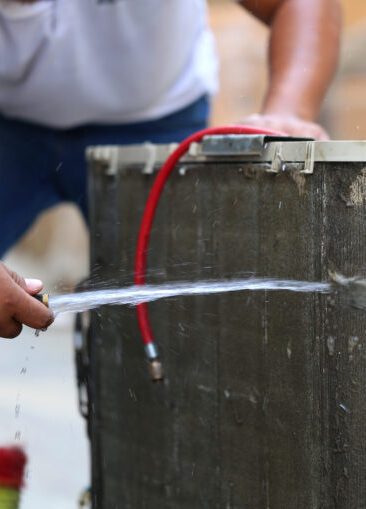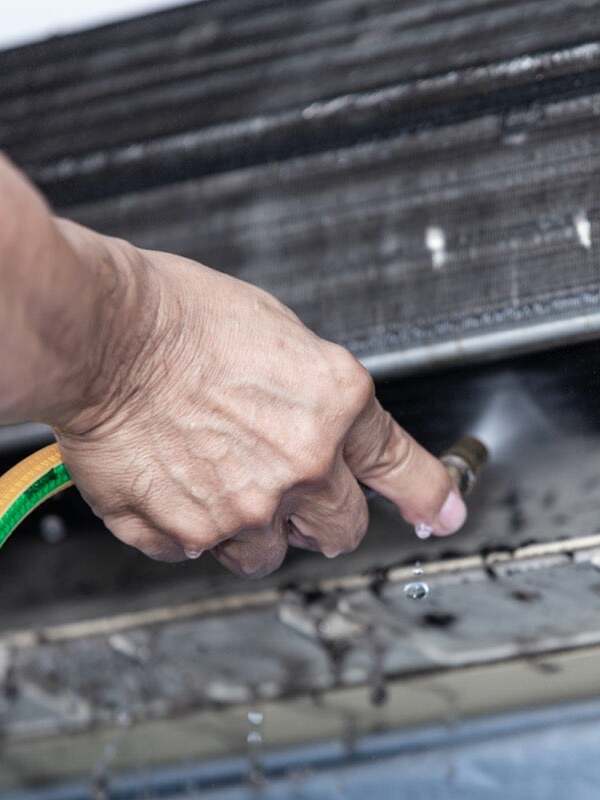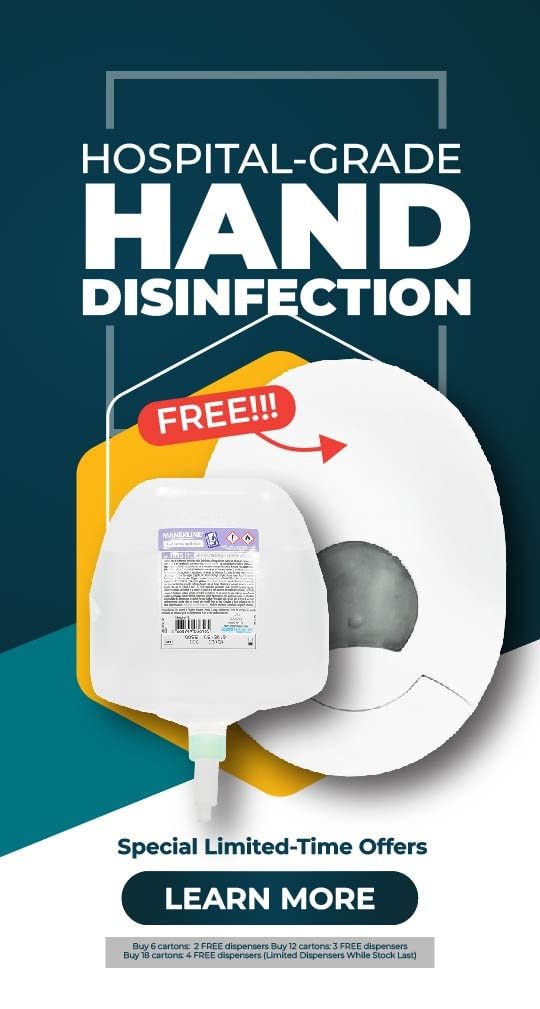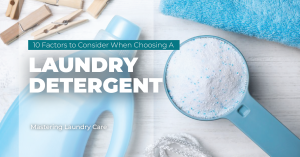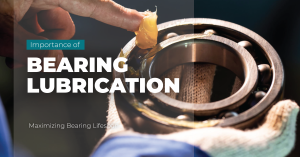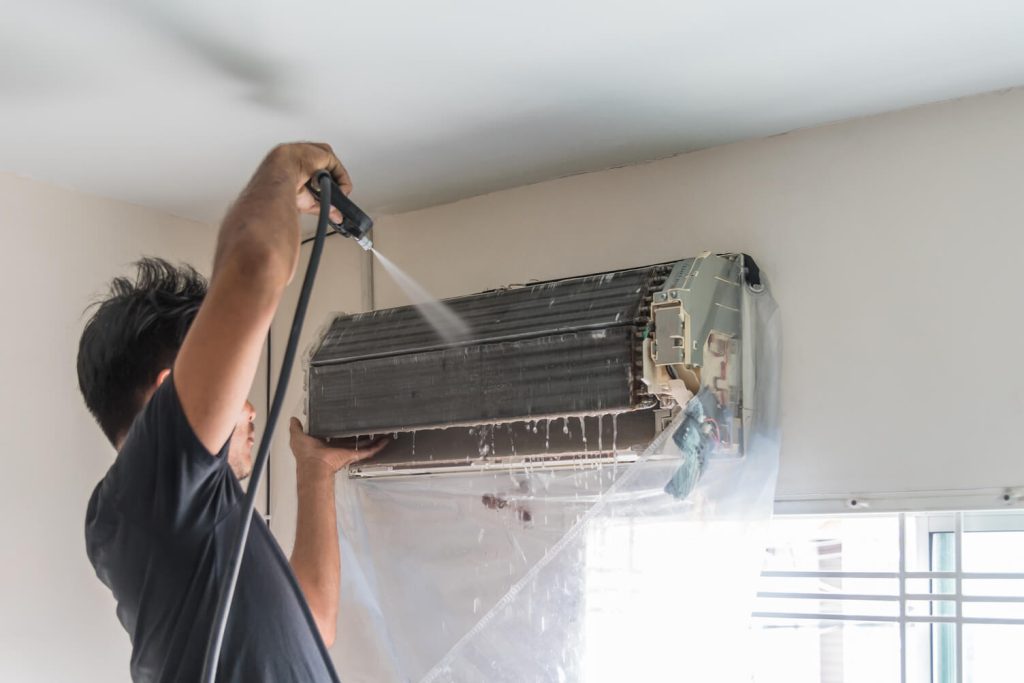
In the hottest days of summer, you likely heavily rely on air conditioning units, whether it be to cool a single room or a much bigger space, without pausing to ponder over its inner workings. This is when you need to consider how to clean air conditioner coils.
Within these coils lies the secret of your trusty seasonal appliance—a refrigerator unit that works diligently to absorb heat and produce refreshingly cool air. As the air flows over the chilled refrigerant, it extracts the heat in a process that essentially reverses how your forced air furnace operates.
The efficiency of the machine relies heavily on the cleanliness of those coils. Over time, dust and oil tend to accumulate, forming a layer akin to a blanket over the coils. Similar to the blanket on your bed, this accumulation hinders heat transfer and reduces efficiency and increases expenses for your air conditioning unit.
Fortunately, we’ve crafted this article to guide you through the most challenging aspects of how to clean air conditioning coils, sparing you the worry of dealing with the intricacies of the process. Continue reading to discover the methods for cleaning aircon coils, the factors contributing to their dirtiness, the recommended products, and much more!
Understanding How to Clean Air Conditioner Coils
The chilled air from your central air conditioning system originates from two sets of coils with distinct functions: condenser coils, responsible for releasing heat, and evaporator coils, accountable for air cooling. Both sets of coils require cleaning.
Condenser Coils
The condenser coils are located within the condenser, a sizable outdoor metal unit. These coils extract and disperse hot air from the house.
Composed of metal tubes intertwined with aluminium fins, the condenser coils facilitate the transformation of refrigerant from a gaseous state to a hot liquid. As the liquid travels through the coils, the condenser coils and fins work together to dissipate the generated heat. Additionally, a large electric fan positioned atop the condenser unit helps dissipate heat in the process.
Evaporator Coils
The evaporator coils are located indoors near the air handler. These coils undergo a significant drop in temperature. The blown air, passing through the evaporator coils, sends cool air into the house.
Like the condenser coils, the evaporator coils also contain metal tubes intertwined with aluminium fins. After the refrigerant has completed its journey through the condenser coils, it proceeds indoors to the evaporator coils. As the refrigerant liquid enters these coils, it undergoes expansion, transitioning into a gas state and chilling the coils.
Why It's Important to Clean Air Conditioner Coils
Keeping clean air conditioner coils is essential for several reasons. Firstly, it improves the system’s cooling efficiency, reducing energy consumption and costs. Dirty coils make the condenser fan and compressors work harder to produce cool air, but cleaning them restores their intended capacity. Secondly, maintaining clean coils minimises wear on the system. When coils are dirty, the system cycles on more frequently, causing the condenser unit’s fan to wear down faster. By keeping the coils clean, you can extend the system’s lifespan and avoid costly repairs or replacements.
Moreover, regular coil maintenance reduces the need for service calls, saving you money. Complex repairs can be expensive, with service call costs ranging from $100 to $200, and by reducing the number of service calls, you can minimise expenses. Additionally, cleaning the coils saves money by reducing the frequency and duration of the air conditioner’s run times, resulting in lower energy bills. It also promotes safety, as coil cleaners can be hazardous. You can ensure a safe cleaning process by following safety precautions and turning off the electricity before working on the condenser.
How Do AC Coils Become Dirty?
Over time, moisture, dust, and other pollutants accumulate on the surface of your AC coils. Neglecting to clean your AC filters for an extended period allows excessive dirt to gather on the evaporator coils, potentially causing severe damage. This accumulation forces your AC unit to consume more energy, increasing utility bills. Regularly changing your air filters can enhance your energy efficiency by 5% to 15%.
In addition, outdoor condenser coils can become dirty due to an unclean outdoor environment or if you have shrubs planted around your outdoor unit for concealment. The presence of falling leaves can also enter the condenser and cause blockages in the coils.
Effects of Unmaintained Air Conditioner Coils
Insufficient maintenance of the AC coils can lead to the accumulation of dust and grime, which can result in excessive strain, overheating, or freezing of the coils. Dust may also contaminate the air and cause the air conditioner to operate improperly. Some indicators of these issues include:
- The air conditioner overheats.
- The air conditioner freezes up.
- Unusual odours or sounds emanate from the indoor or outdoor units.
- Damaged condenser coils in the air conditioner.
- The damaged evaporator coil in the air conditioner.
- The air conditioner fails to blow cold air.
- Leakage of refrigerant.
- The air conditioner exhibits short cycling.
Safety Considerations
When using coil cleaners, it is important to prioritise safety. Take the following precautions to ensure your well-being:
- Personal Protective Equipment (PPE): Wear safety glasses, a face shield, chemical-resistant gloves, and chemical-resistant clothing to protect yourself from potential hazards associated with the coil cleaner.
- Ventilation: Most air conditioning units are situated outdoors and offer sufficient ventilation. However, if you anticipate inadequate airflow, using a respirator equipped with a mechanical filter or an organic vapour cartridge is advisable.
- Electricity Disconnection: Air conditioner condensers operate on highly charged 240V systems. Before working on the condenser, ensure the electricity supply is completely disabled to eliminate the risk of electric shock.
What You'll Need
Methods for Cleaning Air Conditioners
AC Coil Chemical Wash with Commercial Cleaners
You will find plenty of commercial cleaners formulated for AC coil cleaning in the market. Among them, foaming cleansers are readily accessible and effective in loosening dirt and debris on the coils. However, it is essential to note that acidic cleaners should be avoided when cleaning copper coils.
To clean your outdoor coil, remove any surface debris by hand or use a fin brush designed for this purpose. Next, apply the chosen commercial cleaner per the instructions and rinse the coil with water.
When cleaning your indoor evaporator coil, manually remove larger debris or use a specialised brush. Subsequently, follow up the cleaning process using a mixture of water and detergent. Here are some aircon chemical wash supplies that you will need:
ORAPI RECOMMENDS:
ORAPI RECOMMENDS:
AC Coils Clean With Compressed Air
It is generally advised to use this method exclusively for cleaning the outdoor condensing coil. Cleaning the indoor evaporator coil with compressed air can blow dust and debris indoors. However, utilising compressed air can be a quick and reasonably effective approach to removing surface dust, dirt, and debris from the coil.
When using compressed air to clean an outdoor coil, it is important to blow the air in the opposite direction of the normal airflow through the coil during regular operation. This will push the air through the cleaner side and back through the dirtier side. Blowing the air straight through the fins instead of an angle is crucial since the fins are prone to bending due to their thin metal construction. Afterwards, use a shop vac to remove any unwanted dirt and debris from the unit. These steps primarily target removing loose surface materials from the coil. To address more stubborn buildup, following up with a commercially available coil cleaning solution is recommended.
Heavy Duty AC Coil Cleaning
You may need to employ heavy-duty approaches like pressure washing or steam cleaning to clean air conditioner coils that are heavily soiled and resistant to other cleaning methods. It is important to note, though, that these methods should be undertaken if you are unfamiliar with or uncertain about using them.
When using pressure washing or steam cleaning, exercise caution as the high pressure involved can potentially bend the delicate fins of the coil and lead to significant damage. To ensure the safety and effectiveness of the cleaning process, rely on the expertise of HVAC professionals who are well-versed in handling such equipment and have the necessary skills to perform the task appropriately.
Instructions on How to Clean Air Conditioner Coils
How to Chemical Wash on Air Conditioner Condenser Coils
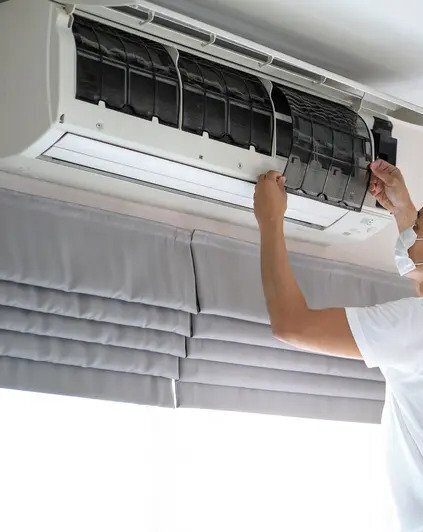
1. Locate the AC Condenser Coils
Typically, the condenser unit is positioned outdoors, on the opposite side of the wall from the electric service panel.
2. Disable the Electric Breaker
Before commencing work, ensure your safety by turning off the breaker that supplies power to your air conditioner. If the breaker does not specifically control the AC unit, you may need to shut off the entire power supply to your house.
3. Remove the Side and Top Condenser Covers
Grab your screwdrivers and remove the screws securing the protective covers on the top and sides. Keep the screws safe, as you will need them after the cleaning process.
4. Unscrew the Condenser Fan Assembly from the Unit
If your condenser coil model allows for easy removal of the fan and motor, you can proceed with this step. However, if you lack confidence or knowledge, it’s best to skip this step to avoid damaging the air conditioner coils.
5. Inspect the Inside of the AC Unit
While the unit is open, take the opportunity to inspect the cabinet’s interior for any visible issues, such as loose wires, cracked or broken pipes, or advanced rust. If you notice any of these problems, you should seek professional assistance for repairs.
6. Remove Debris
Manually remove larger debris, such as leaves, bark, dirt, or pebbles, that may have accumulated at the bottom of the unit. Wear protective gloves and place the debris in a bucket or compost bin for biodegradable items.
7. Vacuum
Utilise a vacuum cleaner with a soft brush extension to remove any remaining debris, typically found at the bottom of the AC cabinet.
8. Fix the Fins
The delicate metal fins of the condenser coil can be easily adjusted. Use a fin comb with metal-tipped teeth to straighten any crushed fins. Insert the comb’s teeth into the fins and gently move the tool up and down, similar to combing hair. This step enhances the heat transfer process.
9. Clean Protective Grills
Check if debris is trapped between the protective grills and the aluminium fins. Leaves often get stuck in this area and need to be manually removed. To assess the cleanliness of the fins, shine a flashlight from the outside into the unit. If the light passes through without obstruction (opposite effect), it indicates that the fins are clean.
10. Apply Foam Coil Cleaner
As part of the aircon chemical wash, an AC coil cleaner is essential. Spray a foamy AC coil cleaner on the interior surfaces of the cabinet. Generously apply the cleaner to all four sides, ensuring it penetrates through the fins. Avoid direct contact with the fins. Allow the water and foam from the cleaner to do the cleaning work—minimise physical contact with the coils and fins.
11. Spray with Water
Wait for five to ten minutes before proceeding to the next step. Use the sprayer attachment of a garden hose or a spray bottle to spray water from the inside out. Maintain a broad spray to prevent damage to the fins. Start at the top and work your way down one side. Complete the current side before moving to the next one.
12. Spray Water on the Exterior
Gently hose off any debris from the fins and coils using a fine or wide mist setting. Avoid directing water inward, as this may introduce more dirt or sand into the delicate components.
How to Chemical Wash on Air Conditioner Evaporator Coils
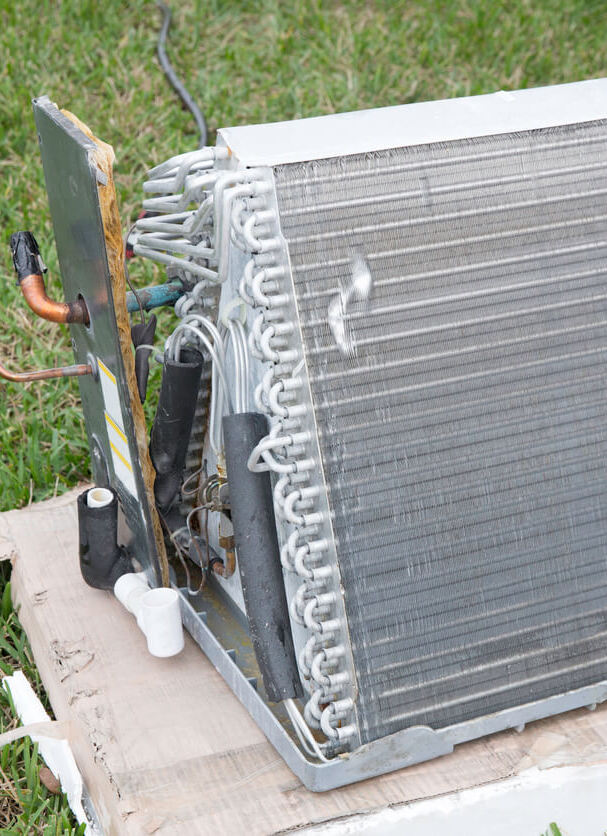
1. Locate the AC Evaporator Coils
The evaporator coils are situated inside the air conditioning system. You will typically find two coils behind an access door on the supply side. Take note of these coils when performing maintenance tasks.
2. Inspect and Arrange the Coils
The inner side of the evaporator coils, shaped like an “A,” tends to accumulate more dirt. When brushing the coils, be cautious, as the aluminium fins are delicate. Brush in a direction that won’t damage or disturb the metal. Start from the top and brush downward, using nylon bristles, ensuring you avoid contact with other parts. Once brushing is complete, vacuum up any debris for an easier cleanup process.
3. Fix the Fins
The fragile metal fins of the evaporator coil can be easily realigned. Using a fin comb with metal-tipped teeth, gently straighten any flattened fins. Insert the comb’s tines into the fins and move the tool up and down.
4. Apply Foam Coil Cleaner and Rinse
Spray a chemical wash foamy AC evaporator coil cleaner on the interior of the cabinet. Apply a generous layer of the cleaner to all four sides, making sure it penetrates through the fins. Avoid direct contact with the fins. Allow the foaming cleaner and water to do the cleaning work. Minimise physical contact with the coils and fins as much as possible.
After approximately five minutes, carefully rinse the coils with clean water using a spray bottle. Do not apply excessive force when wiping off excess moisture, as this can scratch surfaces such as painted coats or other exterior materials. Ensure everything is cleaned thoroughly and adequately dried before proceeding with finishing touches like applying waxes.
Note: Evaporator coils should not be soaked like condenser coils.
5. Reassemble
Once you have thoroughly cleaned your air conditioner coils, you can reassemble the unit.
After completing the repairs, leave the access door open until the coils have dried completely. Before leaving for work or school, close the door and turn off the air conditioner at the breaker box.
Tips on How to Clean Air Conditioner Coils
To prevent motor or electrical failure caused by over-saturation, it is important to take precautions and avoid saturating any motors or electrical components. Before cleaning, remove any large debris from the coils and straighten any bent fins.
For cleaning the coils, use a pressure washer equipped with a nozzle ranging from 25 to 40 degrees. Take care not to bend the delicate aluminium fins while cleaning.
When dealing with evaporator coils, opt for a non-acidic and alkaline-based cleaner. These cleaners have foaming properties that effectively remove debris from within the coils.
If you must use an acidic cleaner, strictly adhere to the instructions and rinse the coil thoroughly to eliminate any residue. It is important to note that using such cleaners carries inherent risks and can potentially damage the coil.
If a gentle scrubbing is required, only employ a soft bristle brush. After cleaning, thoroughly rinse the coils using a power washer or a hose.
Failure to follow these guidelines or the manufacturer’s instructions regarding cleaning chemicals could damage the unit. Exercise extreme caution when working with caustic or toxic chemical coil cleaning compounds to avoid personal injury or equipment damage.
How Often Should You Clean Air Conditioner Coils
Under typical environmental circumstances, it is recommended to clean a Direct Expansion (DX) evaporator coil or condenser coil once per year.
However, when there is a high demand for cooling or when the surroundings are excessively dirty (such as when there is a significant buildup of cottonwood fuzz), it is advisable to clean the coil more frequently. Additionally, coils with a high fin density trap dirt easily and should be cleaned more often.
For condenser coils operating under extreme conditions, it is recommended to clean them quarterly.
If the unit is located within a one-mile radius of saltwater, it is advisable to clean the coils monthly.
DX evaporator coils that draw in outside air from corrosive environments should be cleaned quarterly to maintain performance and prevent damage.
Remember, adhering to these cleaning intervals will help ensure the optimal functioning of the coils and avoid any potential issues arising from dirt buildup or adverse environmental conditions.
Conclusion: How to Clean Air Conditioner Coils
In conclusion, maintaining clean air conditioning coils is crucial for optimising the efficiency and lifespan of your unit. Dirty coils hinder heat transfer, reducing cooling efficiency and increasing energy consumption. By regularly cleaning both the condenser and evaporator coils, you can enhance cooling performance, lower utility bills, and minimise the need for costly repairs or replacements. Whether using commercial cleaners, compressed air, or heavy-duty methods, following safety precautions is essential. Remember to wear appropriate protective gear and disable electricity before working on the unit. Additionally, consult HVAC professionals for intensive cleaning techniques. Overall, prioritising the cleanliness of your air conditioning coils ensures a cool and comfortable environment during the hottest summer days.


